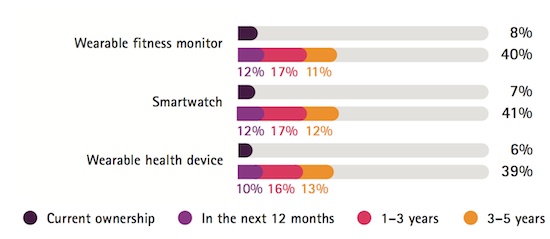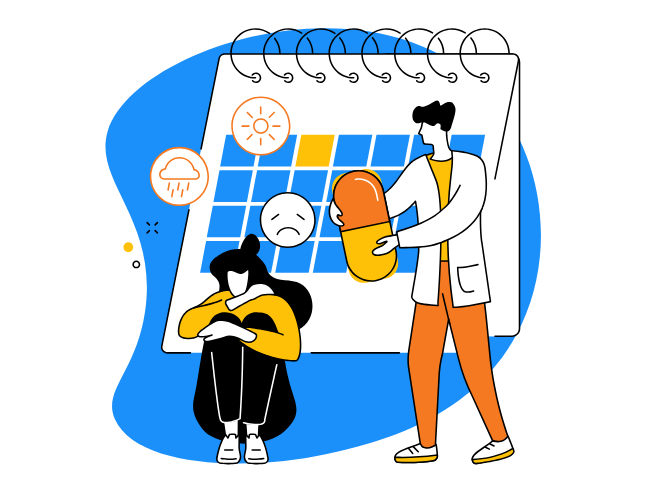According to a recent survey of 24,000 consumers in 24 countries, about 8% own wearable fitness monitors and 6% own a wearable health monitor. The survey also revealed that 12% and 10% of consumers plan to buy a wearable fitness monitor or wearable health monitor in the next year, respectively. About 40% expect to buy at least one of the two in the next five years. The Accenture survey was conducted online between October and November, and respondents were aged 14 and older.

As a health and wellness professional, these numbers can be interpreted in a number of different ways. The optimist may say, “In five years, more than half of global consumers will use some sort of wearable device for their health and fitness!” The pessimist may say. “How am I expected to design a program around wearables when the vast majority do not use them today?” Like many things in life, both are right and there is a third perspective.
At Wellable, we recognize the promise and challenges of wearable technology. The promise allows for automated tracking and real-time feedback in a way that seemed impossible a decade ago. The challenges include numerous types of devices, user experience issues (24% of consumers said wearable health monitors are too complicated to use), and cost.
To address these issues, well-constructed wellness programs should balance all the old with all the new so that every user can participate on their own terms, and as we continue to see innovation in wellness technology, the technologies of choice will shift in your program. By all, we mean that the tools should include multiple options to engage. Everyone has preferences and meeting the consumer where they are is critical for adoption and ongoing engagement. Having multiple options will help with the user experience issues as well; users who are more suitable for mobile apps can use those to track their health rather than a wearable device. In regard to cost, the evolution and support of multiple technologies will help drive costs lower and lower (free apps also help quite a bit).
Although the survey focused on wearable devices, it is important to recognize that the technology spectrum goes beyond just physical devices. As a result, there is a vast ecosystem of technologies that are all unique in their user experience, cost, and adoption curve. The goal of a wellness coordinator needs to be empowering populations with choice and treating them like consumers. As the survey highlights, lots will change in the next five years. This will mean changes in your program and how people engage; it should not mean that you can expect everyone will change at the same time.












